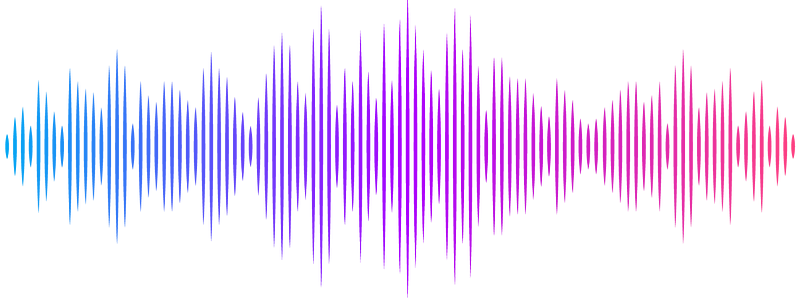Changes in motor unit conduction velocity after unilateral lower limb suspension and active recovery correlate with muscle ion channel gene expression

Changes in motor unit conduction velocity after unilateral lower limb suspension and active recovery correlate with muscle ion channel gene expression
Valli, G.; Sarto, F.; Negro, F.; Monti, E.; Sirago, G.; Paganini, M.; Zampieri, S.; Franchi, M. V.; Casolo, A.; Candia, J.; Ferrucci, L.; Narici, M. V.; De Vito, G.
AbstractThe effects of muscle disuse on the propagation of action potentials along muscle units, a key process for effective muscle activation and force production, remain poorly understood. This study aimed to investigate changes in action potential propagation and to identify biological factors influencing these changes following unilateral lower limb suspension (ULLS) and active recovery (AR). Eleven young male participants underwent 10 days of ULLS followed by 21 days of AR based on resistance exercise. Maximal force of the knee extensor muscles (MVC), High-Density surface EMG recordings and muscle biopsies of the vastus lateralis muscle were collected before ULLS, after ULLS and after AR. EMG recordings collected during submaximal isometric contractions were decomposed to estimate single motor unit conduction velocity (MU CV). Muscle biopsies were used to measure muscle fibre diameters via histochemical analysis and ion channel transcriptomic profiles via mRNA-sequencing. MVC decreased after ULLS by 29% and fully recovered after AR. MU CV decreased after ULLS and fully recovered, up to exceeding baseline values after AR. Muscle fibre diameters did not change across the interventions and showed no correlation with MU CV. Conversely, a feature importance analysis revealed that mRNA expression levels of specific ion channel genes, particularly those involved in K+ transport, correlate with MU CV at baseline and across the interventions. This study highlights the crucial role of K+ ion channels in influencing MU CV in humans, offering new insights into MU CV modulation and the mechanisms of muscle force changes after disuse and active recovery.